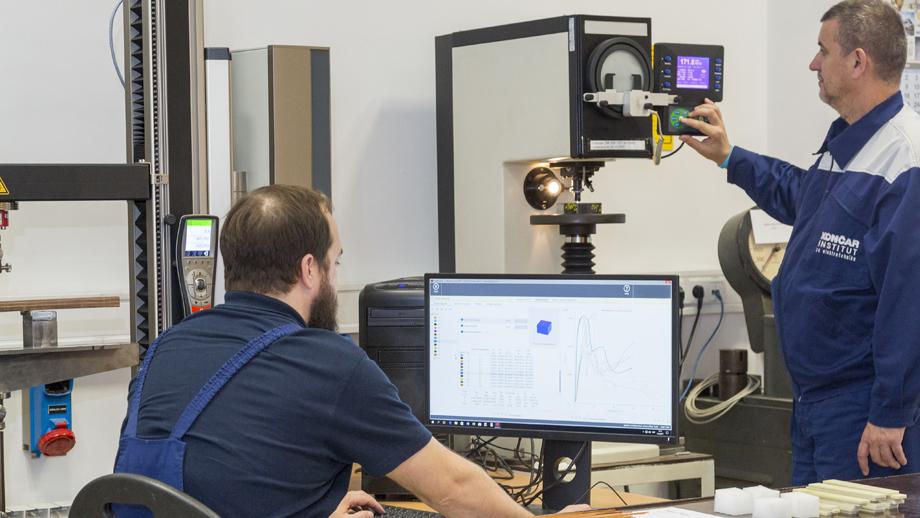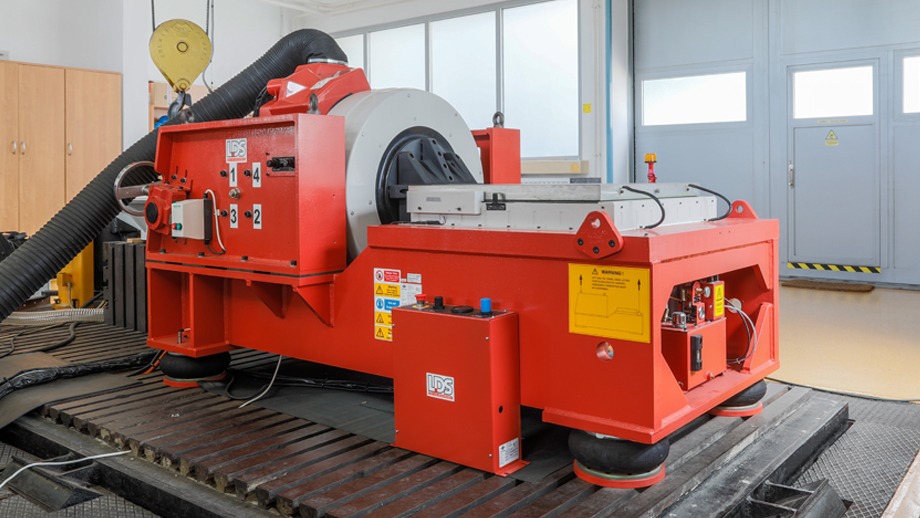Mechanical and technological testing
Mechanical and technological testing focuses on determining the properties of materials regardless of their geometry, thereby ensuring effective quality control and material qualification.

Having operated for more than 55 years, the Laboratory for Mechanical and Technological Testing excels in providing a wide array of services and support in material testing.
We perform a wide range of tests according to national and international standards (HRN, EN, ISO, DIN, ASTM, IEC) or tailored to customer specifications. These tests include:
- Mechanical and technological testing of materials and products
- Metallographic and fractographic examinations
- Metal analysis based on optical emission spectroscopy (OES)
- Non-destructive testing (NDT)
- Environmental and corrosion resistance testing (cold, heat, and salt mist tests)
- Vacuum leakage testing
- Corrosion resistance testing
- Specification and approval of welding procedures
- Solutions in the field of special industrial equipment
- Expert services in materials, heat treatment, welding, and brazing
Our scope of accreditation includes:
- Testing of mechanical properties
- Non-destructive testing
- Corrosion resistance testing
- Testing of environmental impact
Environmental impact and corrosion resistance testing

Environmental impact and corrosion resistance testing are crucial type tests required for almost every new product and material before market launch. These tests are also utilized for quality control, qualification of corrosion-resistant materials, substitution of materials or production technologies, and to verify that materials, components, or final products can endure various environmental conditions.
Metallographic and fractographic testing (RoHS)
The aim of metallographic examination is to study the physical structure and composition of metals, while fractographic examination seeks to determine the cause of failure by analyzing the characteristics of fracture surfaces.
These examinations can be conducted on samples submitted to the laboratory or on replicas taken from construction parts on-site. The chemical composition of the material is crucial for accurate material examination. This analysis can be performed using Optical Emission Spectroscopy (OES) or Energy Dispersive X-ray Fluorescence Spectroscopy (ED-XRF). Additionally, ED-XRF serves as a quick screening method for detecting RoHS compliance.
Non-destructive testing (NDT)
Non-destructive testing (NDT) comprises various methods that evaluate the quality and adherence of materials and welds to technical specifications and international standards. These tests are executed both in the laboratory and on-site.